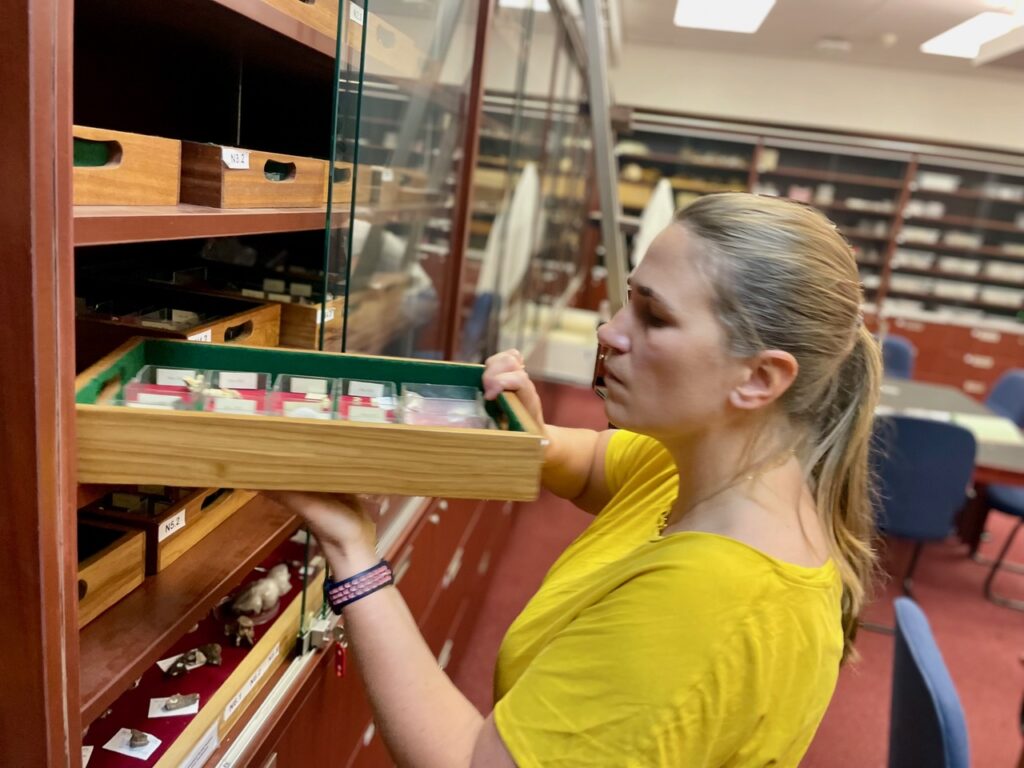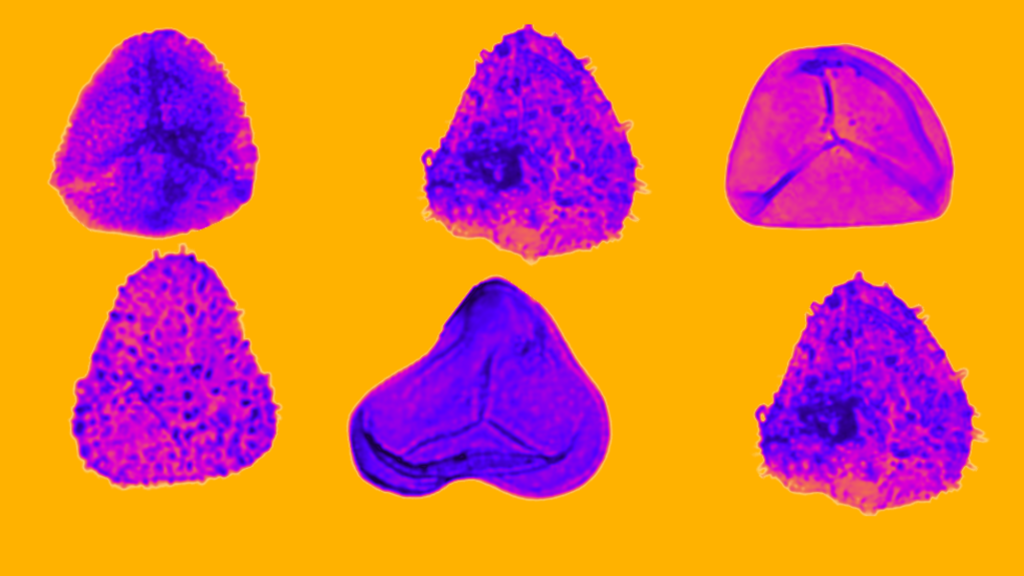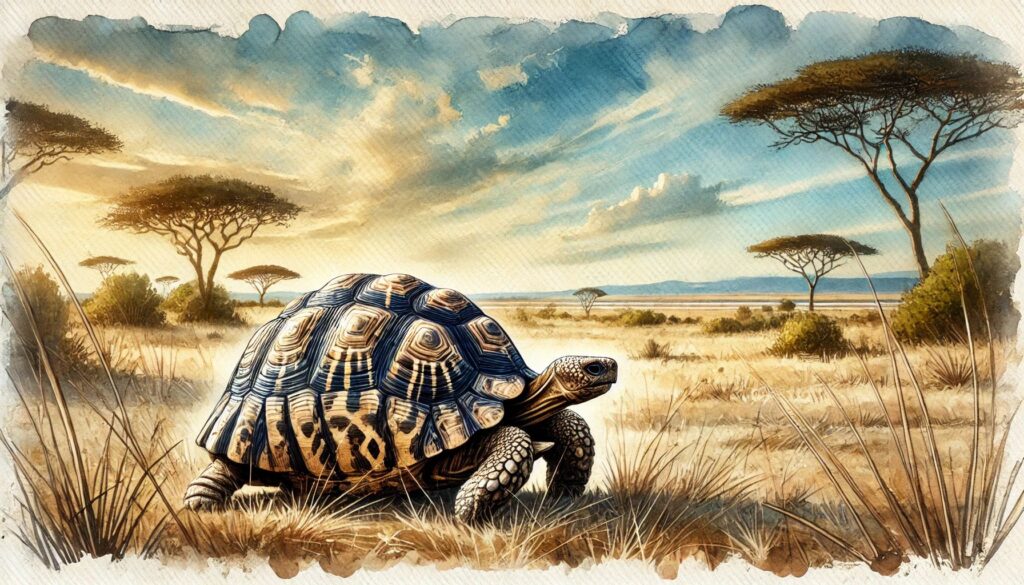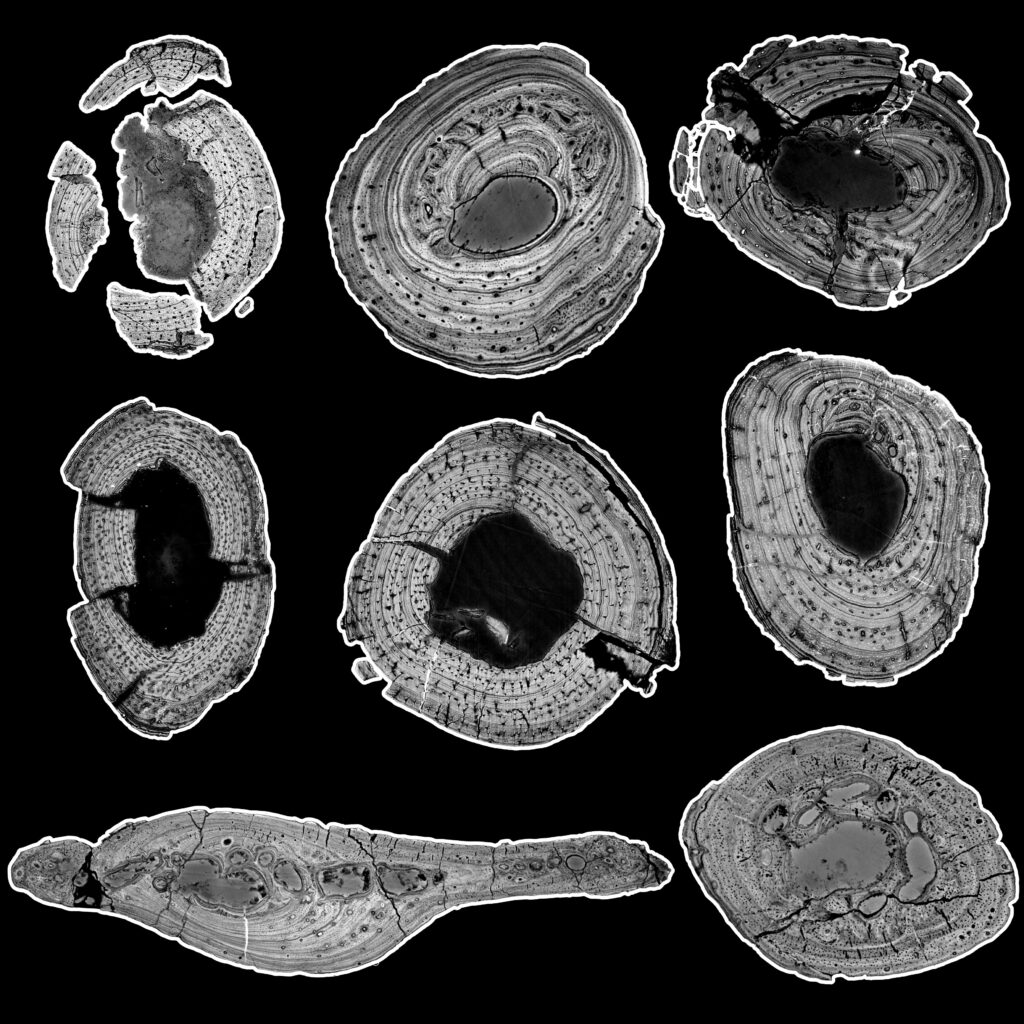A new species of fossil paederine rove beetle from Orapa
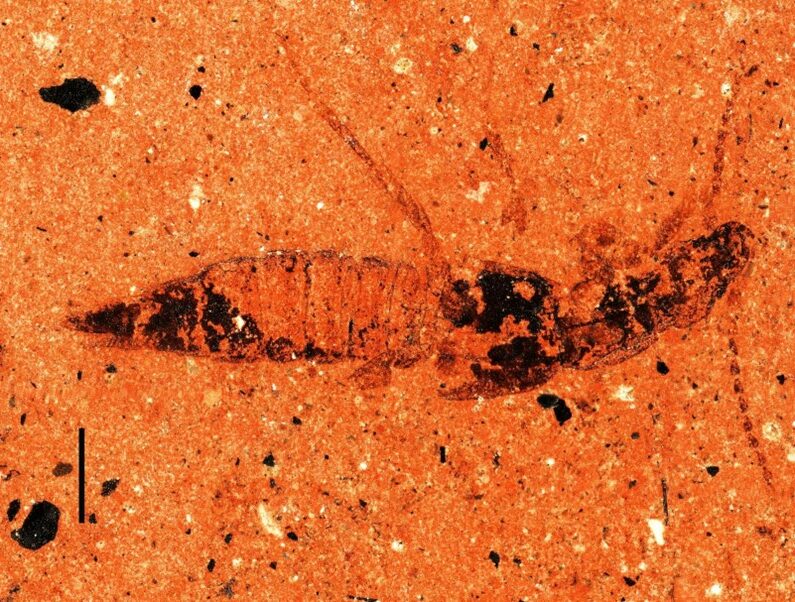
The whole body of Mesostaphylinus orapa sp. n. holotype, counterpart BP./2/27596, Orapa Diamond Mine, polarized light, scale bar = 1 mm. Image Credit: Dr Sandiso Mnguni
A remarkable fossil discovery in a Botswana diamond mine, 824 kilometres from Johannesburg, has shed light on the ancient history of beetles. The groundbreaking discovery was made possible by a kimberlite eruption of two adjoining pipes triggered by gas and steam, that led to a volcanic eruption, which formed a crater lake at the centre of the mine. The specimen is a rove beetle preserved in sediments that are dated to be around 90 million years old. The new research, published in the Journal of Entomological Science, describes the new species, Mesostaphylinus orapa, a new species that enhances our understanding of beetle evolution and distribution.
Led by Dr Sandiso Mnguni, a GENUS NGP Postdoctoral Fellow at Wits University, and his team, including Prof Shaw Badenhorst from the Evolutionary Studies Institute at Wits University and the late Dr Ian James McKay, this research marks the first recorded fossil of a paederine rove beetle in Africa and only the second in the Southern Hemisphere, following a previous discovery in Brazil.
Mesostaphylinus orapa is named after the Orapa Diamond Mine where it was discovered. The Orapa Diamond Mine is the largest conventional open-pit diamond mine by carat production in the world and, remarkably, it also houses an abundance of fossil insects and plants. The new species was unearthed from lacustrine sediments (deposits that accumulate in lake environments), that have been exposed by mining operations. The beetle has a typical body form of paederine rove beetles, including concealed antennal insertions and sharp, scissor-like, predatory mouthparts. These beetles thrived in damp environments around the ancient crater lake, under logs, litter, and foliage, and in caves and nests of ants and termites. “This beautiful specimen made our research less difficult,” Dr. Mnguni states. “Its body shape clearly indicated its affiliation with paederine rove beetles, and we used key traits like antennal insertions and a leg part called coxa to distinguish it from its sister group, the staphylinine rove beetle, which we have also recently described from the same deposit.”
Rove beetles, identifiable by their short elytra exposing the abdomen, are known for their highly mobile lifestyles and versatile habitat preferences. The paederine group, social parasites closely related to staphylinine rove beetles since 156 million years ago, continues to reveal its evolutionary success through such discoveries. “I am convinced that there are more rove beetles from this deposit,”, Dr Mnguni said.
The Orapa Diamond Mine is a unique deposit of the Cretaceous age (145 to 66 million years ago). It has become an important deposit for documenting and subsequently helping in better understanding the biodiversity of the past, and reconstructing ancient ecosystems and environments, revealing a world where these rove beetles and other groups of insects roamed alongside dinosaurs and therapsids. Insects continue to be an integral part of trophic systems.
Dr Mnguni emphasises the significance of this well-preserved specimen, which provides a window into the widespread distribution of paederine rove beetles during the Cretaceous period. Although fossils from China, Myanmar, and Brazil have been documented, the findings from Botswana underscores the Orapa Diamond Mine’s importance as a Cretaceous deposit in Africa.
The discovery of Mesostaphylinus orapa enriches our knowledge of the biodiversity, biogeography, and evolution of paederine rove beetles during the Cretaceous. Following his descriptions of other rove beetles named Afristenus orapensis and Paleothius mckayi, this continues to highlight the untapped potential of the Orapa Diamond Mine in expanding our understanding of Cretaceous ecosystems and environments, and the evolutionary trajectories of insect life on Earth. “There are still more fossil insects belonging in various groups that continue to await description and this is an opportunity for collaborations,” Dr Mnguni optimistically shares.
